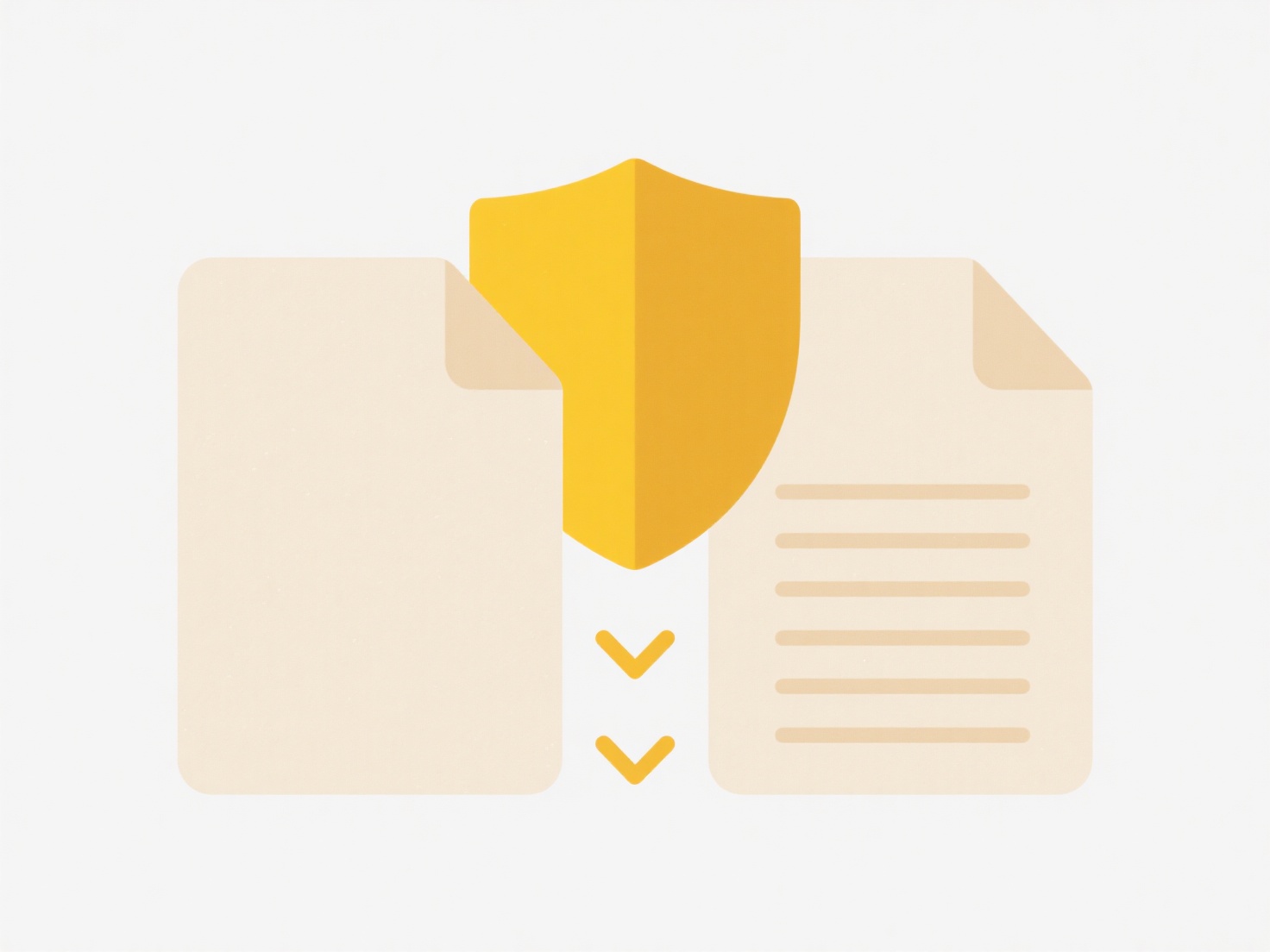
Tracking compliance folder readiness involves monitoring how well organized collections of documents and evidence meet audit or regulatory requirements. A compliance folder groups all necessary proof showing adherence to specific rules. Tracking its readiness differs from simply creating the folder by actively verifying all required items are present, current, and correctly formatted before strict deadlines, preventing last-minute scrambles and audit failures.
For example, a finance team might track readiness for a SOC 2 audit, ensuring folders contain updated security policies, access logs, and vulnerability scan reports. Similarly, a healthcare provider might track folders containing patient consent forms and staff training certificates needed for HIPAA compliance reviews. Industries like finance, healthcare, and IT rely on tools such as dedicated compliance management platforms (e.g., OneTrust, Diligent), SharePoint libraries with metadata tagging, or even specialized project trackers to manage this process efficiently.

Systematically tracking readiness offers significant advantages: it reduces audit risk, saves time, and provides visibility into remaining gaps. However, it can become complex across large organizations needing consistent naming, access controls, and process adherence. Ethically, it ensures transparency and accountability. Future improvements focus on AI for automatic gap identification and integration with data sources to streamline verification, making compliance management proactive rather than reactive.
How do I track compliance folder readiness?
Tracking compliance folder readiness involves monitoring how well organized collections of documents and evidence meet audit or regulatory requirements. A compliance folder groups all necessary proof showing adherence to specific rules. Tracking its readiness differs from simply creating the folder by actively verifying all required items are present, current, and correctly formatted before strict deadlines, preventing last-minute scrambles and audit failures.
For example, a finance team might track readiness for a SOC 2 audit, ensuring folders contain updated security policies, access logs, and vulnerability scan reports. Similarly, a healthcare provider might track folders containing patient consent forms and staff training certificates needed for HIPAA compliance reviews. Industries like finance, healthcare, and IT rely on tools such as dedicated compliance management platforms (e.g., OneTrust, Diligent), SharePoint libraries with metadata tagging, or even specialized project trackers to manage this process efficiently.

Systematically tracking readiness offers significant advantages: it reduces audit risk, saves time, and provides visibility into remaining gaps. However, it can become complex across large organizations needing consistent naming, access controls, and process adherence. Ethically, it ensures transparency and accountability. Future improvements focus on AI for automatic gap identification and integration with data sources to streamline verification, making compliance management proactive rather than reactive.
Related Recommendations
Quick Article Links
Can two files have the same name if they're in different folders?
Yes, two files can have the same name if they are stored in different folders (also known as directories). This is possi...
Why does Windows sometimes auto-rename new files?
Windows auto-renames new files primarily to prevent overwriting existing files with the same name and to ensure filename...
Why do OLE objects not open on other systems?
OLE (Object Linking and Embedding) allows embedding content from one application (like an Excel spreadsheet) into a docu...